10 Minutes
Introduction: Why Sci‑Fi Westerns Still Captivate
The collision of frontier myth and speculative technology has produced some of cinema’s most imaginative hybrids. Sci‑fi Westerns take the moral codes, lone‑ranger mythos, and dust‑streaked imagery of the American West and place them against futuristic landscapes, time travel paradoxes, or advanced machinery. The result is a genre playground where outlaws ride hovercraft instead of horses, sheriffs face corrupted androids, and survivalist ethics meet big‑idea science fiction.
This article curates ten essential films that best represent the sci‑fi Western — films that stretch the genre into post‑apocalyptic wastes, alien worlds, animated noir, and even theme‑park nightmares. Alongside each entry, you’ll find context, comparisons to similar works, production trivia, and a critical perspective on why the movie endures for modern audiences.
10. Timerider: The Adventures of Lyle Swann (1982) — Time Travel Meets Rodeo
This low‑budget time‑travel romp trades historical accuracy for pure entertainment: a modern off‑road racer is flung into the late 19th century and must navigate an era that mistakes his technology for sorcery. It’s playful fish‑out‑of‑water storytelling — less concerned with science than with the cultural shock of a solitary modern hero against frontier moral codes.
Comparison: Think of it as a lighter alternative to higher‑concept time‑travel Westerns like Back to the Future Part III, with a gamier, B‑movie spirit.
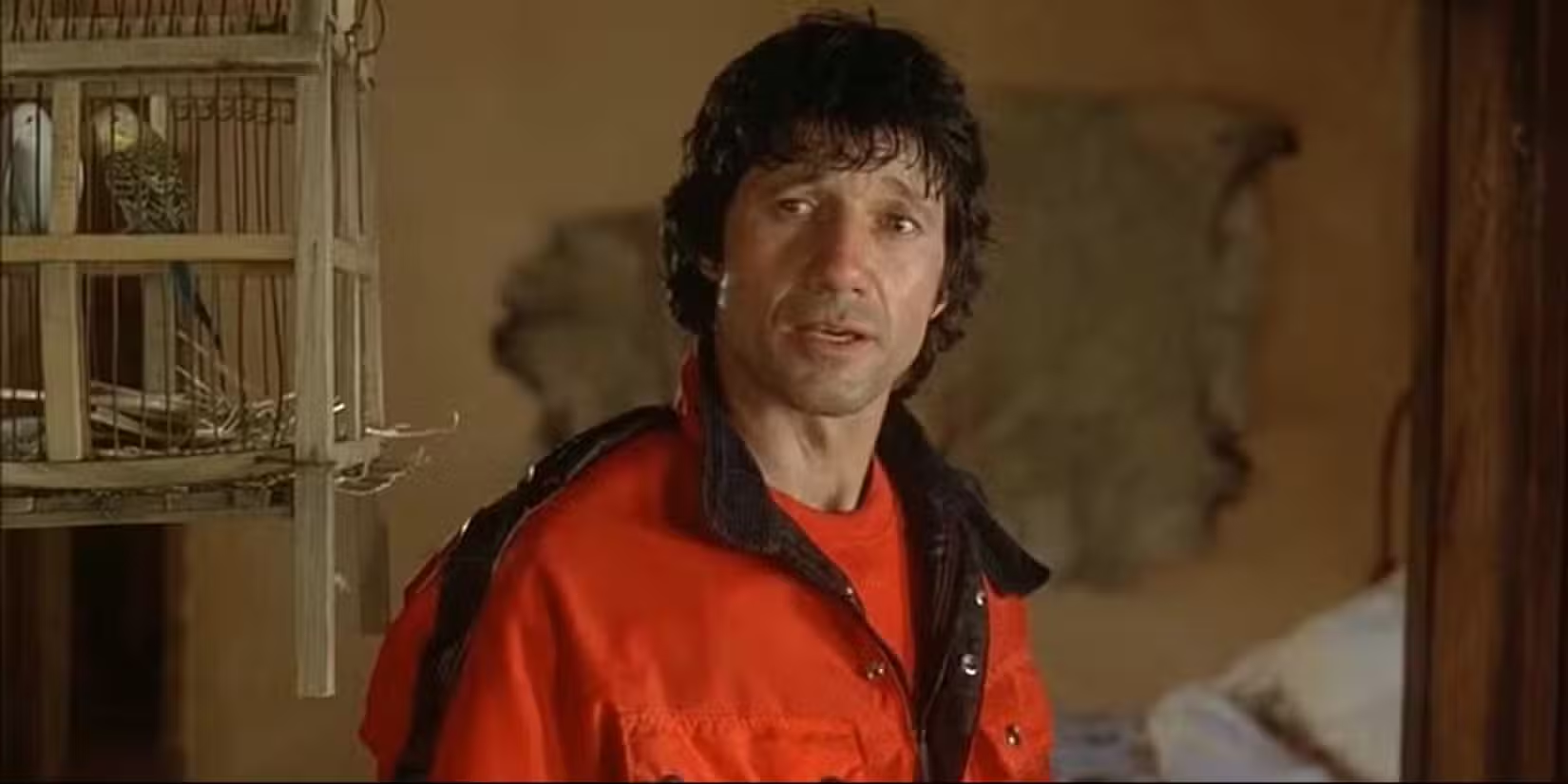
Why it matters
Timerider highlights the comic possibilities of genre mashups—an approach later echoed in numerous TV episodes and indie films that embraced tone over plausibility.
9. Ghosts of Mars (2001) — John Carpenter’s Western on a Red Planet
Set on a colonized Mars, this film is essentially a dusty siege Western wrapped in supernatural horror and sci‑fi aesthetics. Carpenter channels classic ensemble Westerns — defenders of a frontier outpost facing overwhelming odds — while adding possession, claustrophobic space sets, and pulpy violence.
Trivia: Many viewers now see Ghosts of Mars as a deliberate homage to Howard Hawks’ team‑in‑a‑fort westerns, even if contemporary critics misunderstood its tongue‑in‑cheek energy.
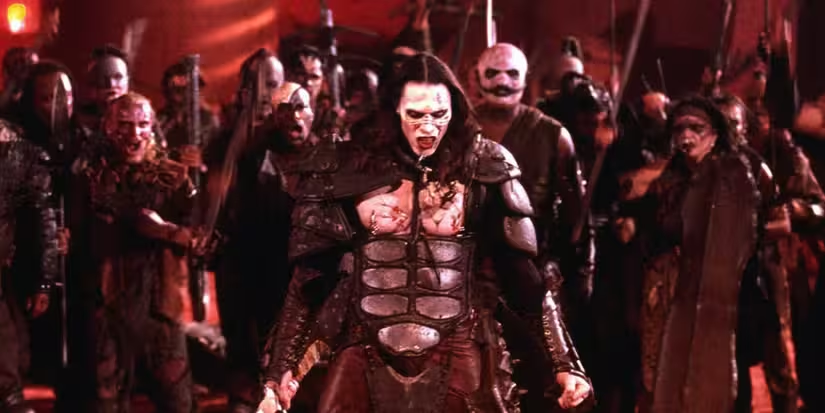
How it connects
If you enjoy films that reinvent Western tropes through another genre lens, pair this with Carpenter’s other subgenre experiments like The Thing — both use isolation and group dynamics to generate dread.
8. Wild Wild West (1999) — Steampunk, Spectacle, and Star Power
As a glossy, steampunk‑tinged reimagining of a TV Western, this film brings gadgets and outlandish set pieces to the frontier genre. Despite mixed reviews and an overreliance on effects, it captures an era of blockbuster filmmaking where style and star charisma (notably a younger leading man at his peak) were king.
Critical perspective: Wild Wild West is a fascinating case study in how marketing and production priorities can derail narrative coherence, yet it remains an entertaining artifact of late‑1990s studio ambition.
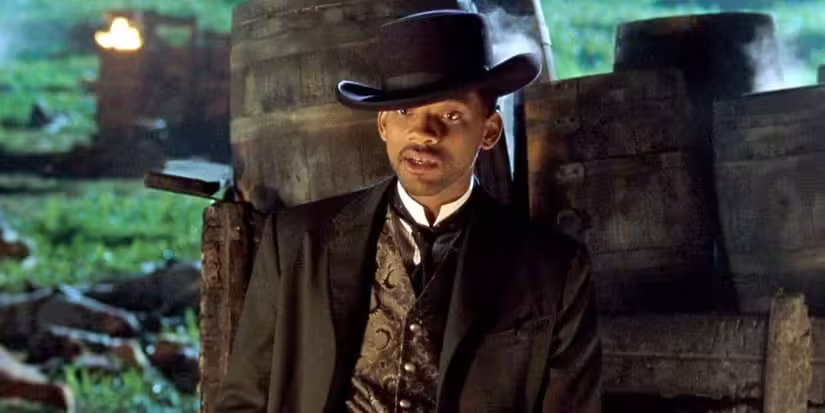
7. The Postman (1997) — Post‑Apocalyptic Allegory with Western DNA
This film uses Western narrative scaffolding — the lone wanderer, the rebuilding of society, symbolic uniforms — to tell an earnest tale about restoring civil institutions after societal collapse. Its pacing and earnestness divided audiences, but beneath the flaws is a sincere meditation on mythmaking and hope.
Comparison: Combine the civic restoration focus of classic frontier tales like Dances with Wolves with post‑apocalyptic textures similar to The Road Warrior.
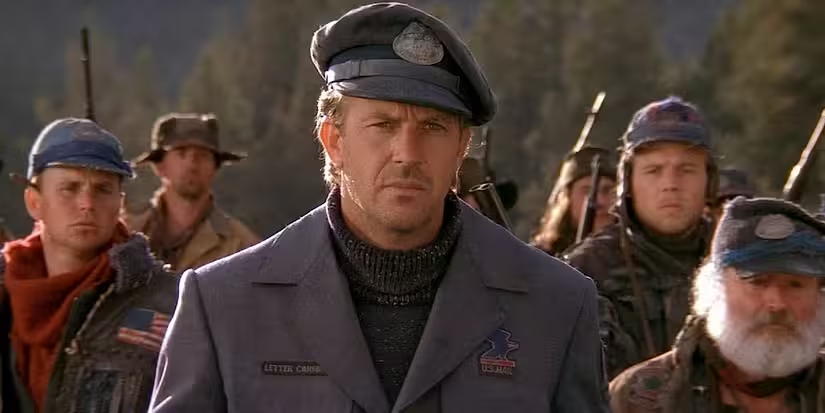
6. Cowboy Bebop: The Movie (2001) — Anime’s Stylish Space Western
Based on the beloved TV anime, this feature magnifies the show’s jazz‑infused, noir Western ambiance across the solar system. It’s a near‑perfect translation of episodic character dynamics into a cinematic scale: bounty hunters as gunslingers, spaceports as frontier towns, and a melancholy protagonist whose past haunts every job.
Context: The film showcases how the Western archetype — the weary loner, the code of honor — thrives in transposed settings, here executed with impeccable visual design and a distinctive soundtrack.
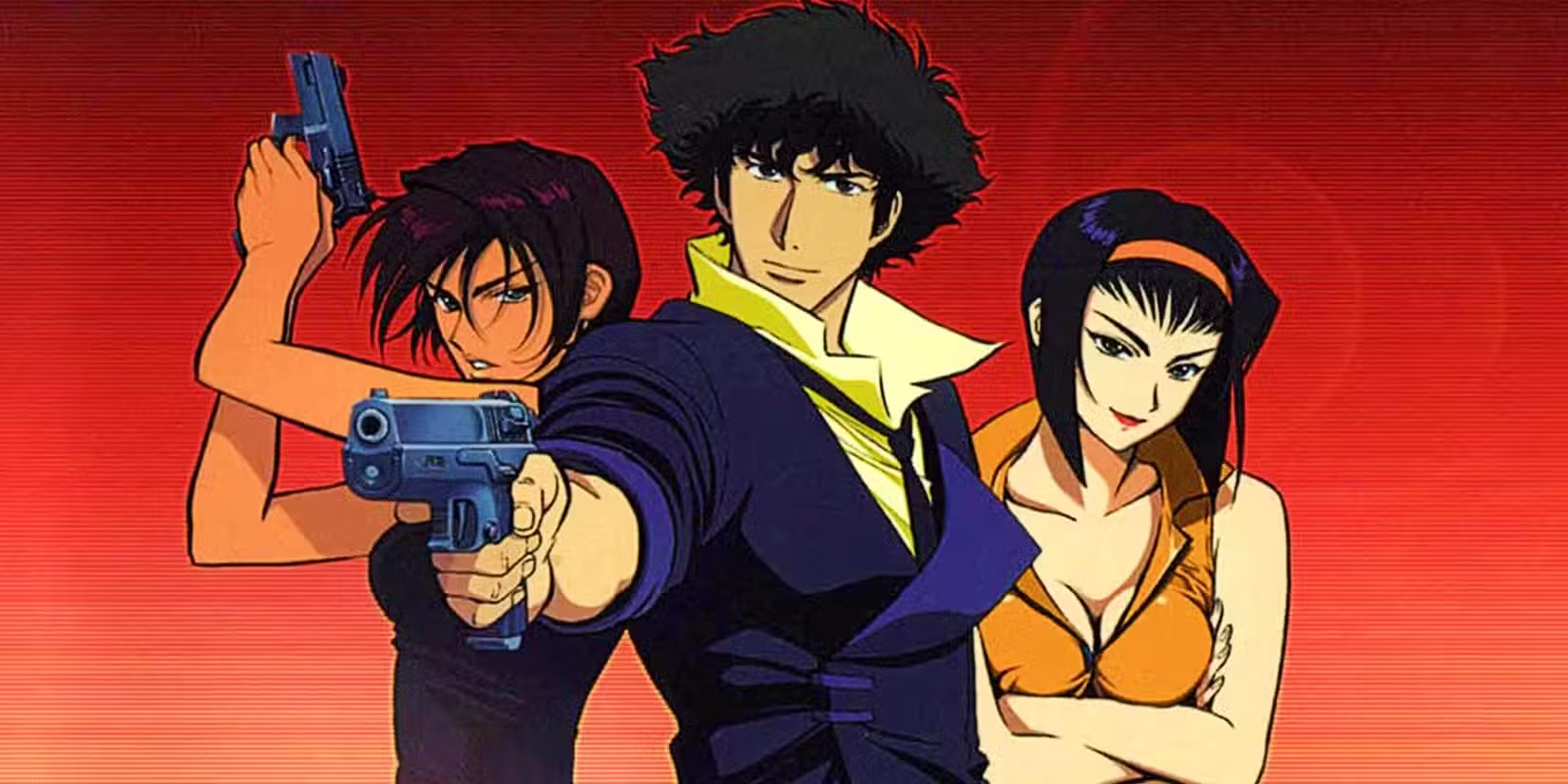
5. The Valley of Gwangi (1969) — Cowboys vs. Dinosaurs
Ray Harryhausen’s stop‑motion magic places a prehistoric beast into a Western carnival setting, delivering a hybrid that predates modern franchise dinosaur spectacles. It’s part pulpy adventure, part Western showbiz cautionary tale: greed, spectacle, and the dangers of trying to tame nature.
Trivia: The film’s creature choreography influenced later dinosaur cinema, and you can spot the lineage of awe and danger that reaches forward to blockbuster hits decades later.

4. Serenity (2005) — Firefly’s Big‑Screen Western Finale
When a cult TV series with clear Western influences returned as a film, fans got a compact epic that tied loose ends while amplifying the show’s frontier ethos. The ensemble crew are space cowboys: smugglers, outlaws, and reluctant heroes surviving on the edges of a militarized polity.
Comparison: If Firefly was an episodic Western on the edge of space, Serenity is the classic Western revenge/escape movie, translated into interstellar politics and ethical ambiguity.
Fan impact
The movie’s success at sustaining a fan community demonstrates how modern sci‑fi Westerns live beyond box office figures, carried by devoted audiences who appreciate layered world‑building.

3. Mad Max 2: The Road Warrior (1981) — Post‑Apocalypse as Neo‑Western
George Miller’s film reframed the Western as a tale of resource scarcity and nomadic justice. The wasteland operates like an unruly frontier; vehicular gangs replace horseback bandits, and salvage becomes currency. The lone hero motif and the film’s moral clarity are pure Western, dressed in grease and metal.
Industry insight: Its influence on action filmmaking is immense; the movie proved directors could rework classic genre structures into entirely new worlds, setting a template for later dystopian Westerns and road movies.
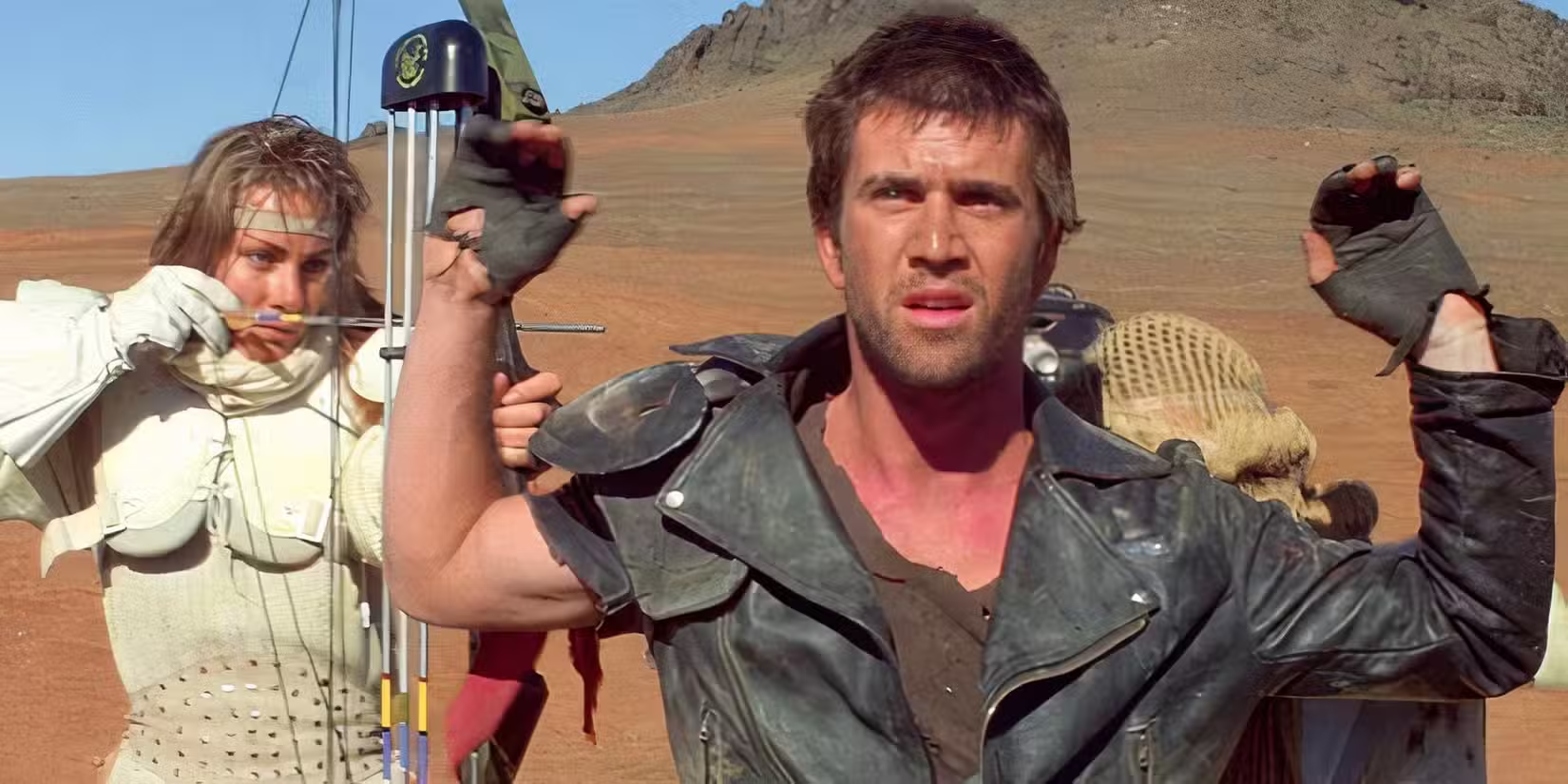
2. Back to the Future Part III (1990) — A Playful Ode to the Old West
The final chapter of a beloved time‑travel trilogy relocates its sci‑fi antics to 1885, blending romantic comedy, action, and Western pastiche. It cleverly riffs on Western iconography — saloons, duels, and lone gunslingers — while keeping the series’ warm heart and comic momentum.
Critical perspective: Part III isn’t just fan service; it’s a thoughtful homage that honors Western pantheon figures while reframing them through a late‑20th‑century lens of optimism.
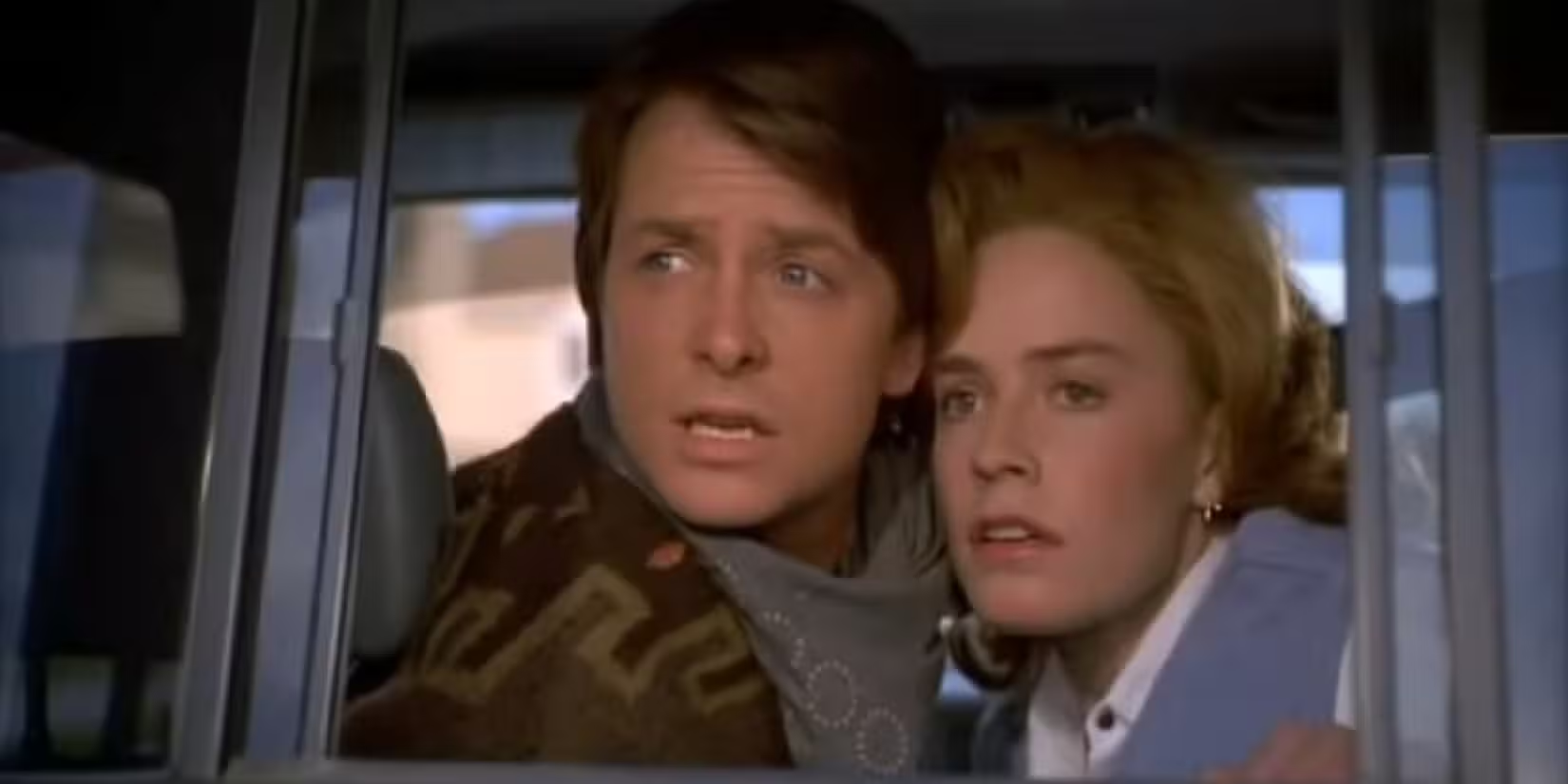
1. Westworld (1973) — The Prototype of the Techno‑Western
Michael Crichton’s original film imagines a Wild West theme park staffed by lifelike androids that malfunction and turn the tables on their guests. It’s a cautionary tale about technology replicating and then undermining the mythic human roles we assign to it.
Comparisons and legacy: Decades before a prestige TV adaptation expanded the park’s philosophy into serialized drama, the movie distilled the sci‑fi Western into a tight, thought‑provoking premise. Its blend of speculative AI ethics and genre iconography remains influential across film and television.
Behind the scenes
Crichton’s background as a novelist who trafficked in techno‑thrillers gave the film a sharp thematic backbone: control, spectatorship, and the fragility of human authority when matched against coordinated machines.
Expert Voice
Film historian Marko Jensen: "Sci‑fi Westerns endure because they let us reexamine timeless myths under new pressures — technology, catastrophe, or space exploration. These movies are less about novelty and more about how familiar archetypes adapt when the frontier moves from prairie to planet."

Trends, Themes, and Cultural Impact
Sci‑fi Westerns reveal cinema’s appetite for reinvention. Since the mid‑20th century, filmmakers have used Western structures to explore contemporary anxieties — from AI control and environmental collapse to cultural displacement and technological alienation. In streaming's current golden age, the genre has experienced a revival: serialized TV shows, animated features, and indie films are reinterpreting the cowboy archetype for global audiences.
Industry insight: Studios and creators often return to the sci‑fi Western when they want a familiar narrative scaffold that still allows bold world‑building. That combination of recognizability and speculative freedom makes the hybrid commercially attractive and artistically fertile.
How to Watch These Films Today
Approach the list with an eye for variety: expect B‑movie charm, big‑budget excess, philosophical thought experiments, and animated elegance. Watch pairing suggestions: Westworld with TV’s later adaptation for thematic contrast; Mad Max 2 and The Postman together for different post‑apocalyptic visions; Cowboy Bebop: The Movie and Serenity for character‑driven space Westerns.
Conclusion: Why These Films Matter Now
Sci‑fi Westerns persist because they allow us to rehearse ethical dilemmas inside a familiar moral code. Whether the frontier is a Martian settlement, a post‑collapse highway, or a park of murderous robots, these films ask how people rebuild society, enforce justice, and keep myth alive. They are as useful to storytellers as they are entertaining to audiences — a creative bridge between yesterday’s legends and tomorrow’s fears.
For contemporary viewers, the genre offers an invitation: revisit the old myths, then imagine how they survive when the future arrives. These ten films offer excellent starting points — from thoughtful cautionary tales to rollicking, dust‑kicking adventures — proving the frontier is never truly closed; it only relocates.
Source: screenrant

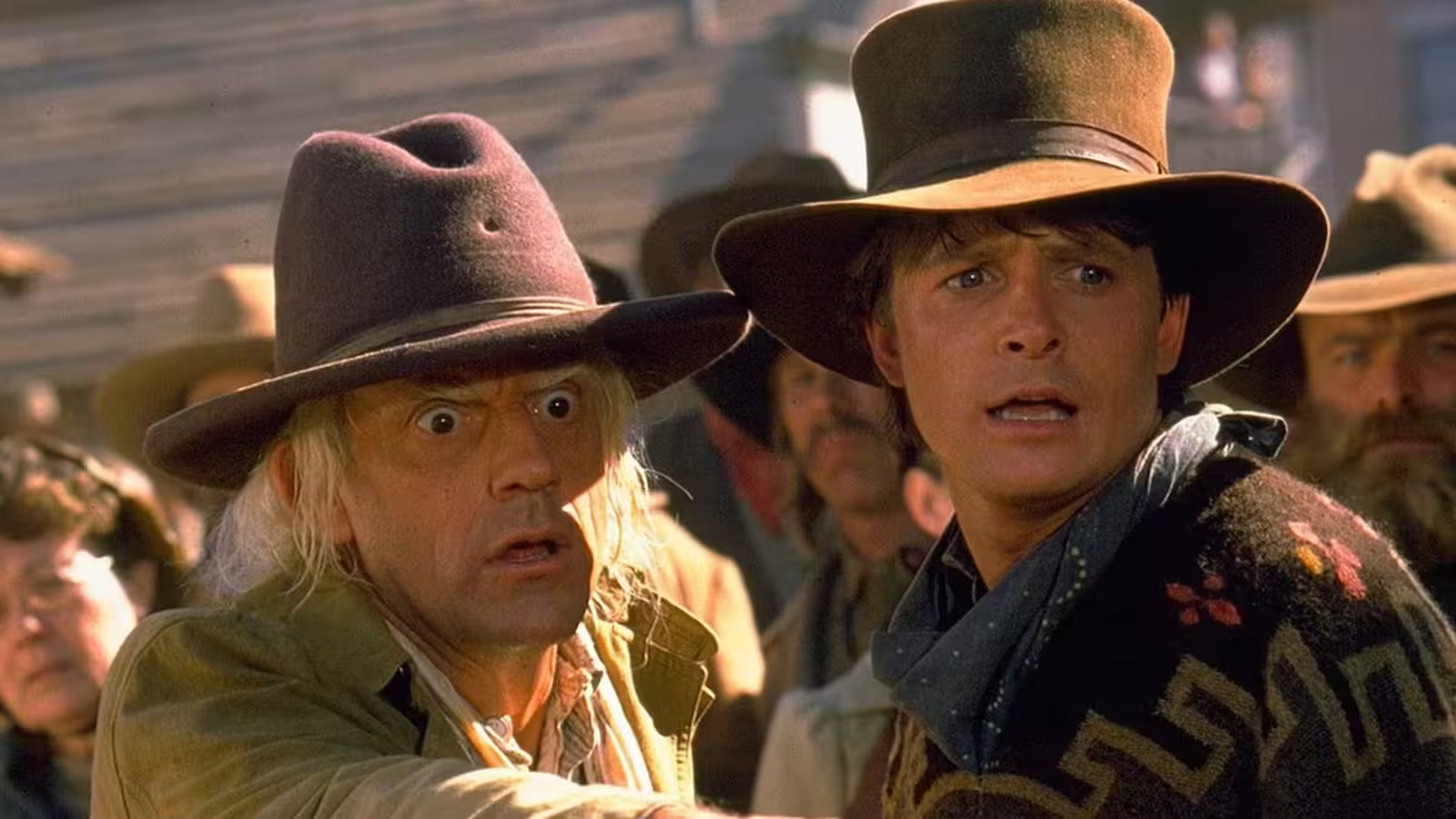
Leave a Comment